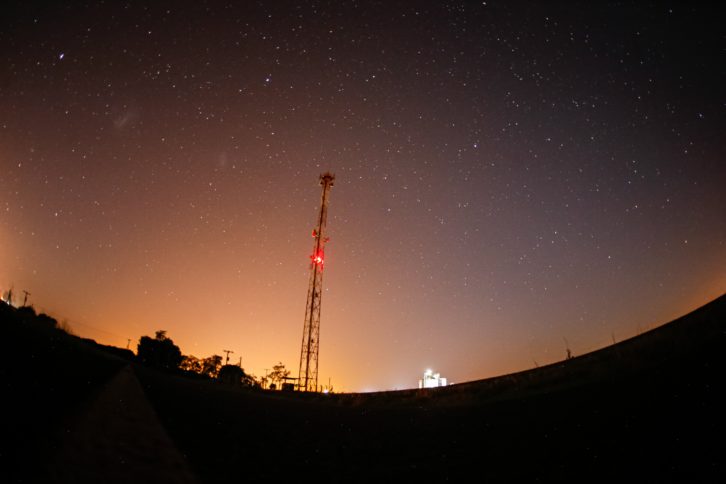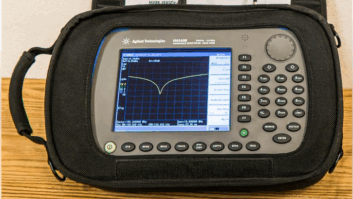Radio World’s “Guest Commentaries” section provides a platform for industry thought leaders and other readers to share their perspective on radio news, technological trends and more. If you’d like to contribute a commentary, or reply to an already published piece, send a submission to [email protected].
The author is product manager of Amglo.

It’s a regular part of your job as a radio station engineer or technician: ensuring that the lights on your station’s tower stay lit and flashing to remain in compliance of the FAA and FCC, and to increase safety for aircraft flying in your area.
Not much in this part of your career has changed over the years. You and your predecessors have been sure to inspect these obstruction warning lamps on your broadcast tower(s) to ensure the lights are changed out when they burn out.
However, the advent of LED lighting today is giving stations like yours a decision to make: Replace the xenon flashlamps with LED systems, which are much more expensive but also longer-lasting? Or remain with tried-and-true xenon flashlamps?
Track record
Let’s consider a few things you might want to take into consideration before making a decision.
There are several reasons xenon flashlamps continue to be a smart choice for broadcast station towers today. For decades, these lamps have been counted on to emit bright flashes on towers that are 150–250 feet to 500 feet and beyond. Xenon flashlamp high-intensity strobes (also known as high-intensity obstruction lighting) continue to be crucial for pilots of all types of aircraft to be able to see these obstructions by day or night, depending on weather conditions or distance to an airport.

Xenon flashlamps last for many years before requiring a climber to go up and change them out. They last between 5 million and 7.5 million flashes (some reaching more than 10 million flashes!).
Furthermore, these lamps and parts for fixtures are readily available and easy to obtain.
There are currently more options for xenon flashlamps for high-intensity strobes than there are LED versions. The reason xenon flashlamps continue to be the first choice for lighting broadcast towers is because stations making a switch to LEDs often require replacing fixtures with very expensive systems designed only for LED.
With some radio groups having more than just one tower — often multiple transmitters in different places — this could be an expensive and time-consuming project for your budget. Towers with multiple lighting fixtures midway up would multiply expenses even further.
[Read More Guest Commentaries Here]
Additionally, you’ll also need clearance with the FAA and FCC to make these changes.
When it’s time to order new lamps, or when discussing the choice of lamps with your station’s tower service provider, ensure that the lamps are certified and that they have been tested by the manufacturer. The lamp manufacturer should have years of stable production in the industry, and they should also be doing quality assurance inspections before you receive the shipment.
Like the programming that may be changing on your radio station, the lighting on the broadcast towers that transmits your station’s quality programming may also change. For the time being, you can still count on dependable xenon lamps, which last for millions of flashes, remain in FAA and FCC compliance and don’t entail the expense of replacing entire fixtures on multiple towers.
Find more at www.amglo.com. The author welcomes emails to [email protected].







